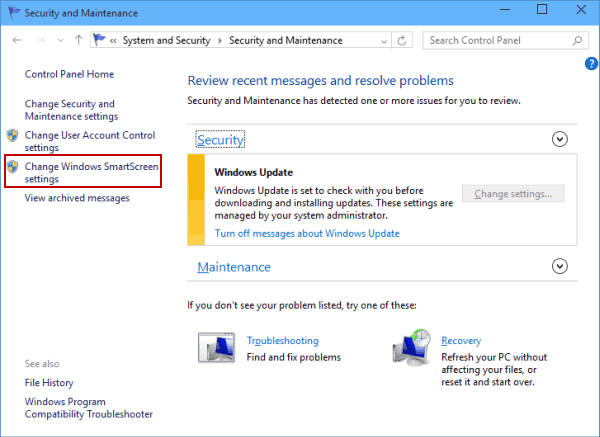

The Antimalware Service Executable process is the Windows Defender program, and SmartScreen is only a single layer of security that is a part of the Windows Defender suite. It doesn’t matter if you’re using Microsoft Edge, Mozilla Firefox, or Google Chrome as your main browser, or if you’re downloading the files using some other application. The SmartScreen feature is helpful because it will protect you from downloaded files no matter what app you used to do so. This service is also active in Store apps and Microsoft Edge to block web content that might be malicious. You can then bypass this warning if you want to. If SmartScreen is unfamiliar with the file you downloaded, it won’t be sure if it’s safe or not, so the OS will prevent the application from starting and will warn you that the file is potentially dangerous. If, however, the Microsoft database recognizes your downloaded file or application to be a dangerous malware program, it will block it. For example, if you download the installer for iTunes or Chrome, SmartScreen will allow you to run it because they are known programs that are verified as safe to use. Whenever you download a file or an application, the SmartScreen feature will check the downloaded data against a Microsoft database. They later improved this feature in Windows 10. Microsoft introduced SmartScreen when Windows 8 went live. Why is SmartScreen Running on your PC and What is it? The filename of the SmartScreen process is called “smartscreen.exe.” When you open your Task Manager, you will most likely see this feature working. Rather than controlling the display setting of your screen, this feature plays a role in protecting your PC when you download a program that could be a malware threat. Windows OS has a feature called SmartScreen.


 0 kommentar(er)
0 kommentar(er)
